Iwamoto Kaoru: A True Ambassador of the Game
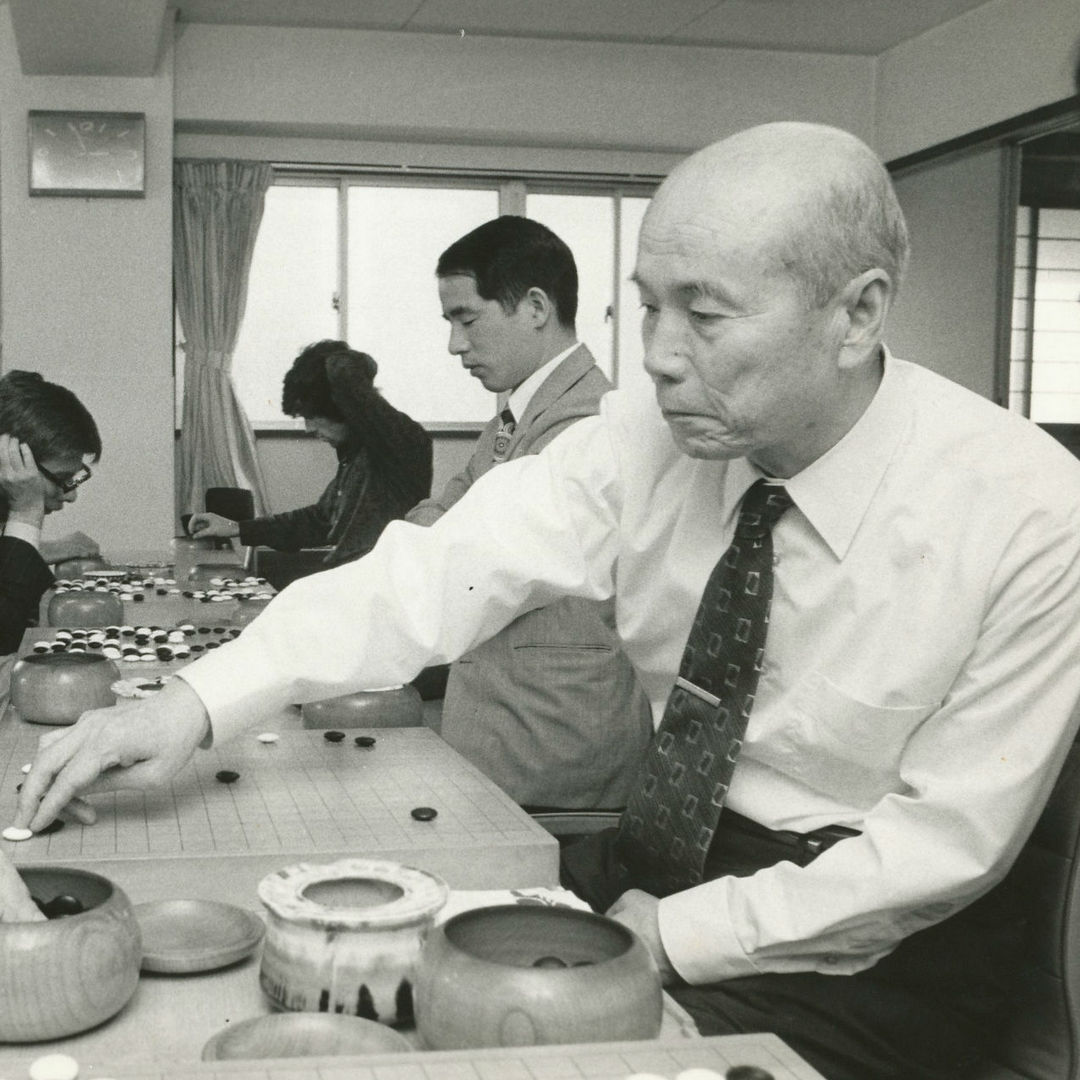
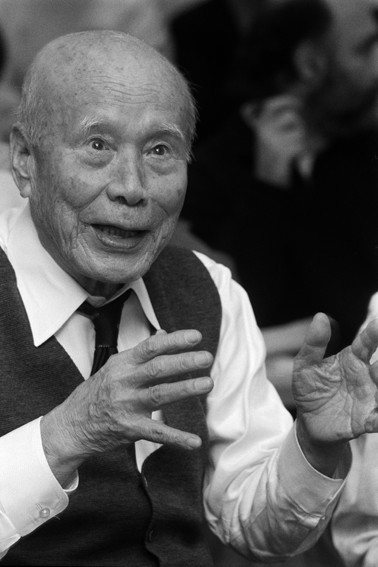
Go Seigen. Lee Changho. Honinbo Shusaku. Honinbo Dosaku. These players are generally regarded as the greatest of their respective eras. In fact, their games are still studied in modern times. However, there’s one player who won’t be remembered so much for his playing, but instead for his influence over spreading the game around the world.
Iwamoto Kaoru (also known as Honinbo Kunwa) is one of history’s most renowned ambassadors of the game. He traveled all over the world spreading the game of Go. In 1987, he set up the Iwamoto Foundation and helped found Go centers in Sao Paulo, Amsterdam, Seattle, and New York.
As a competitive player, he’s known for winning the Oteai tournament in 1935, and winning the Honinbo title in 1946.
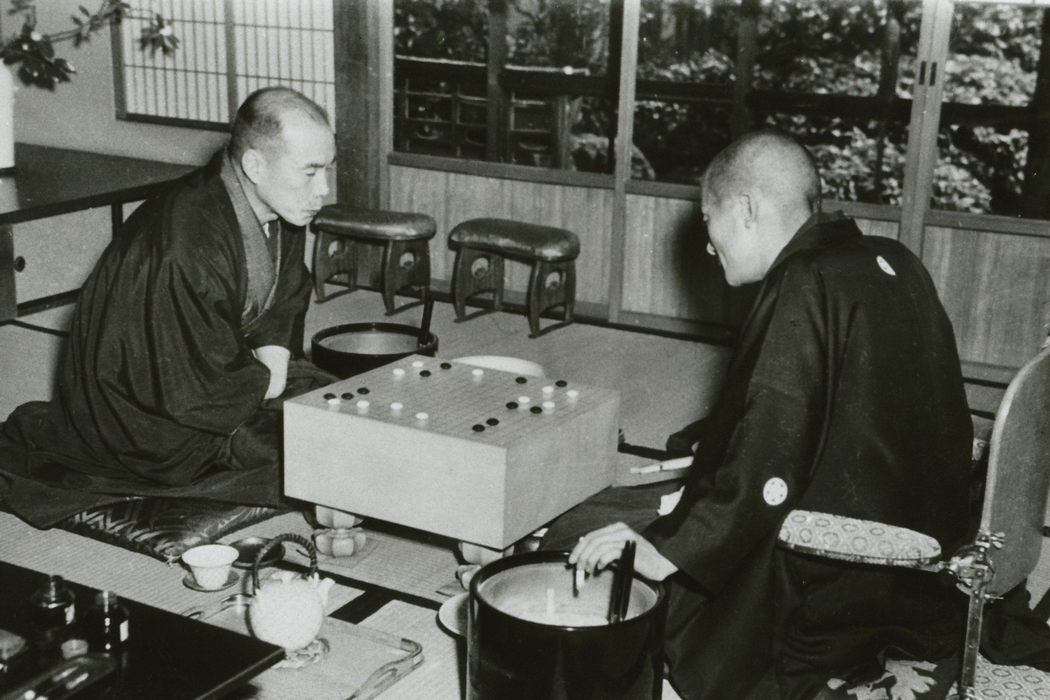
Photo courtesy of inaf-go.org
The Atomic Bomb Game
Iwamoto is notable for many games over his career, but perhaps none as famous as the “Atomic Bomb Game”. The atomic bomb game was played between Hashimoto Utaro and Iwamoto between the 4th and 6th of August in 1945. Game one took place in Hiroshima City, but they moved the second game to the outskirts of Hiroshima for game two.
The famous game was the second game of the title match for the Honinbo title. In the middle of the game, after move 106, after the atomic bomb known as “Little Boy” exploded approximately 2,000 feet over Hiroshima.
When “Little Boy” detonated, glass flew around the room, it blew Hashimoto off his feet, and they paused the game until after lunch. They finished the game, with Hashimoto winning by five points.
The two players didn’t learn the origin of the explosion, or the widespread ruin, until later that day. The match finished at a 3-3 draw and later decided in 1946 in a three-game playoff to decide the victor. Iwamoto won 2-0.
Game 1: Hashimoto vs Iwamoto SGF
Game 2: Hashimoto vs Iwamoto SGF
“The Survivors”
Iwamoto’s life is covered in great detail in John Fairbairn’s book, The Survivors. The book focuses on Iwamoto’s 1948 ten-game match versus Go Seigen. This jubango (10 game match) is an important match from history, because it featured Go Seigen’s highly anticipated return to competitive Go. Both pro players were Go celebrities, and near the peak of their abilities.
The match took place in Tokyo, and while it devolved into a one-sided affair (Seigan won seven of the ten games) there were several epic and riveting games–including the third game, where Iwamoto masterfully held a small advantage throughout the game and won by three points.
The Oldest Professional Game
In 1992, Iwamoto became the oldest player to appear in a Pro game.
Currently, the deceased Sugiuchi Masao holds the record at 96 years and 10 months. However, his former wife, Sugiuchi Kazuko could overtake the record. She’s currently only a few months away from breaking the record.
Iwamoto Tournament and Awards
The Iwamoto tournament was created and sponsored by the Chile National Go Association and the Argentina Go association. The tournament featured competitors from many countries, including the US, Singapore, Canada, Turkey, Germany, and more. Although, the tournament appears defunct in recent years.
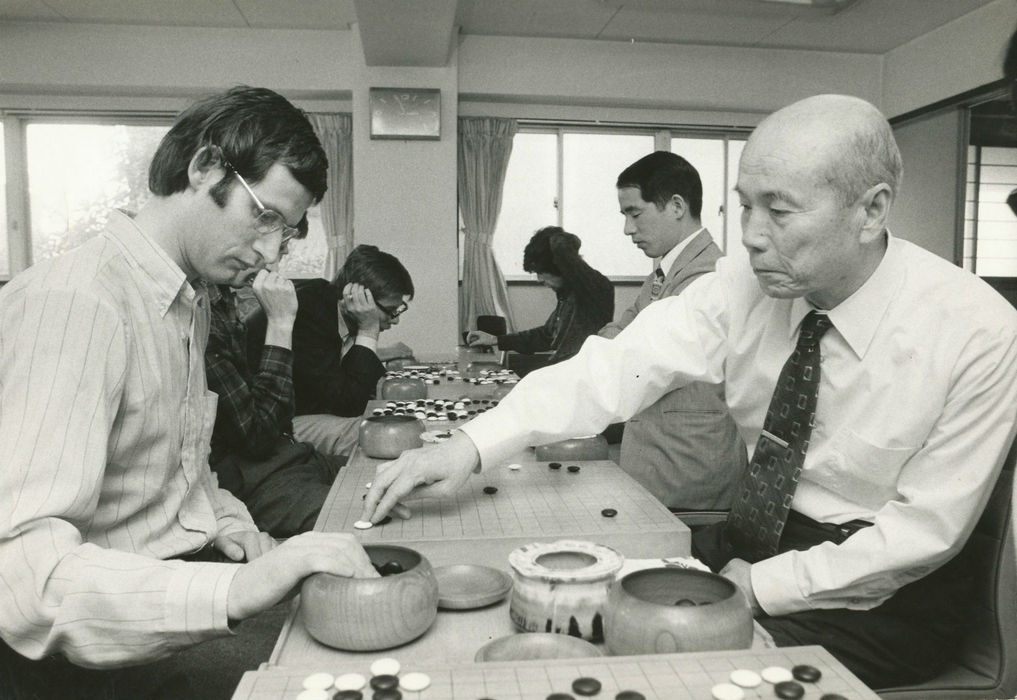
Photo courtesy of inaf-go.org
The Iwamoto awards were created and organized by the European Go Cultural Center as an international contest that rewarded promising Go projects.
Although no new awards have been presented since 2018. Some interesting projects that were submitted included Leela Zero, a public touchscreen Go table, and the documentary “The Surrounding Game”. Although, like the Iwamoto tournament, the awards are now defunct.
From Hiroshima to Hope
The atomic bombing of Japan was a truly horrific event that lay devastating ripples in history. In the year 2023, it seems miraculous that Iwamoto did not perish during the bombing of Hiroshima. If he had died, Go in North America would’ve been greatly diminished.
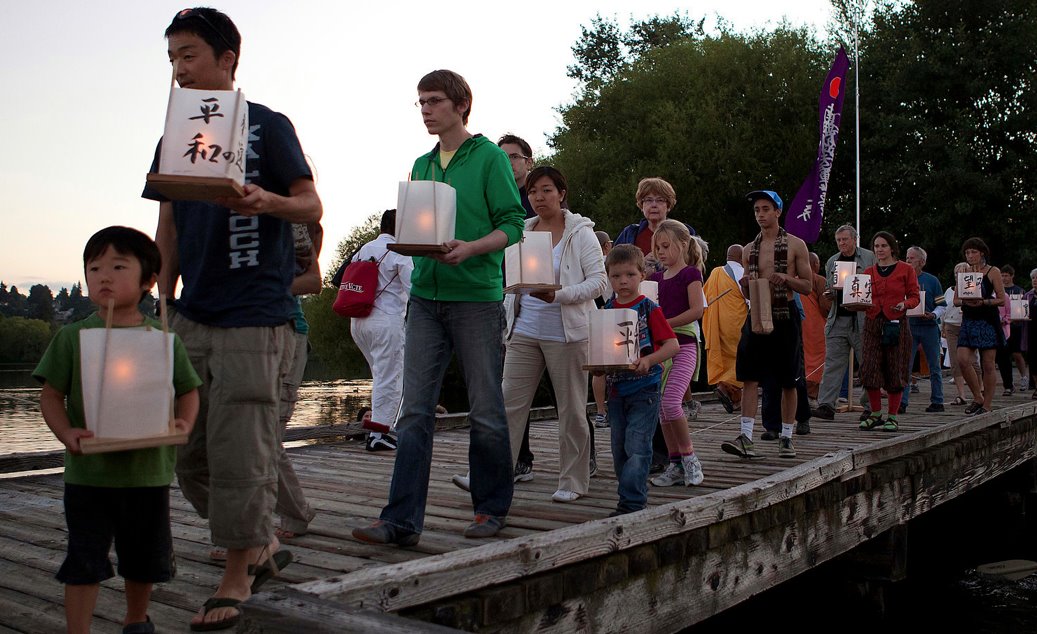
Just this past August, the group “From Hiroshima to Hope” performed their Annual lantern floating ceremony at Green Lake in Seattle where local residents held a lantern floating ceremony at the lake in a message of “peace and hope” in an event that honored the victims of the 1945 atomic bombings of Hiroshima and Nagasaki. At the event, hundreds gathered to remember those lost in the blast at Green Lake in Seattle.
The Seattle Go Center is located in Seattle, Washington. It’s part of Iwamoto’s lasting legacy. However, recently The Seattle Go Center’s landlord defaulted on their loan, and the SGC was forced to move locations. They’re reopening in the Phinney Community Center September 12th, 2023.
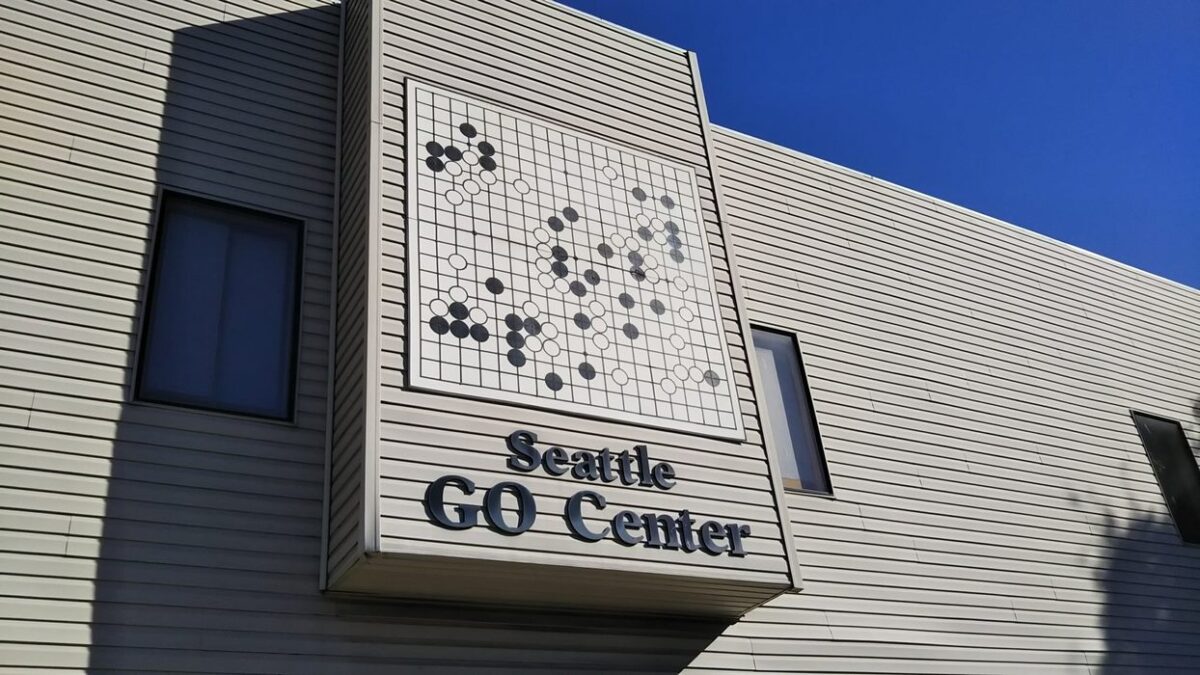
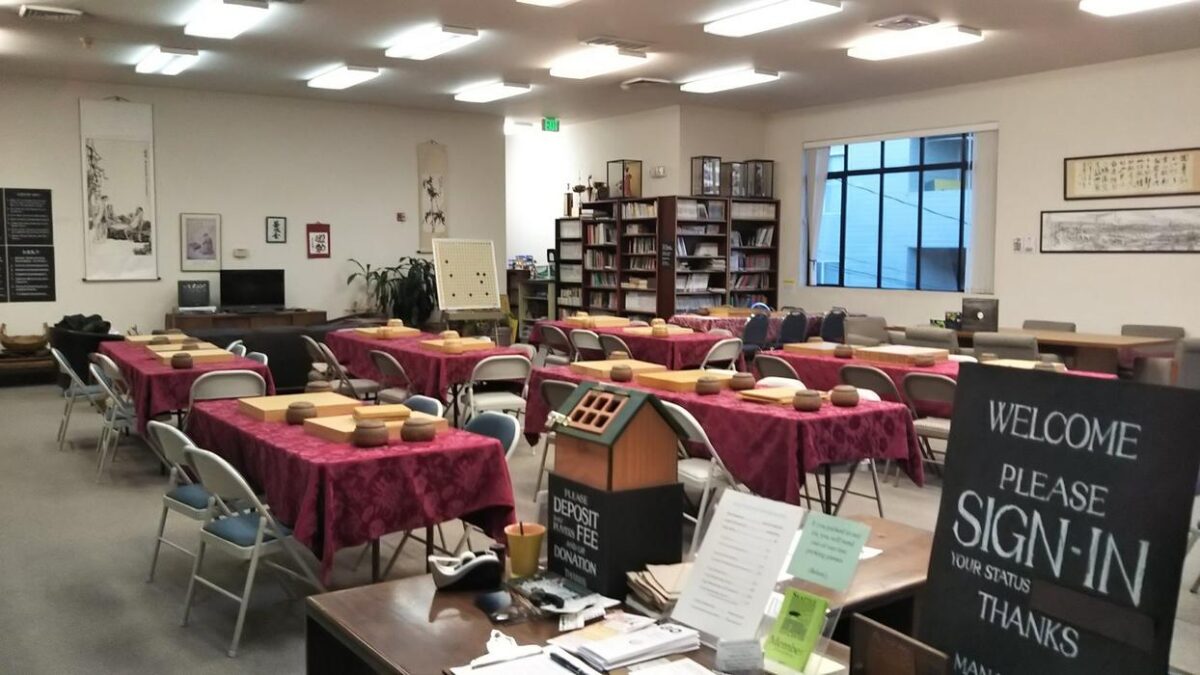
Video tour from Nick Sibicky
Remembering Iwamoto
After his death, Iwamoto left 530 million yen (~3.5 million US dollars) for the development of Go outside of Japan. This money was used to build Go centers in the Netherlands, US, and Brazil.
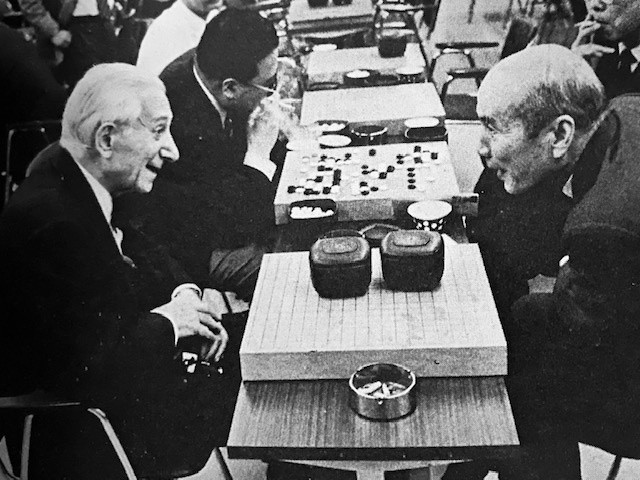
Photo courtesy of Alexander Dinerstein
Iwamoto’s incredible legacy is visible even today. He’s one of the primary ambassadors of the game in North America. Robert McCallister, published a story on gobase.org, where he reminisced about his experiences knowing Iwamoto.
“I visited his home in Kakinokizaka in the Meguro section of Tokyo several times. Once we played a teaching game and after the game he picked up a book from a nearby shelf. The book was filled with kifu, records of his games. He leafed through the book and stopped at one game record, which turned out to be one of the games I had played with him in New York some four or five years earlier. Since he never recorded the games and I had never given him any of my records, I wonder where the record had come from. He said that when he had returned to his room after our game he had written it down. This was after he had played several other games that particular day. Again, the power and ability of top ranked players. A great man and perhaps the world will never again see his like.”
Iwamoto passed away in 1999 at 97, but his legacy will live on in the future generations of Go players who only learned the game because of his great contributions.
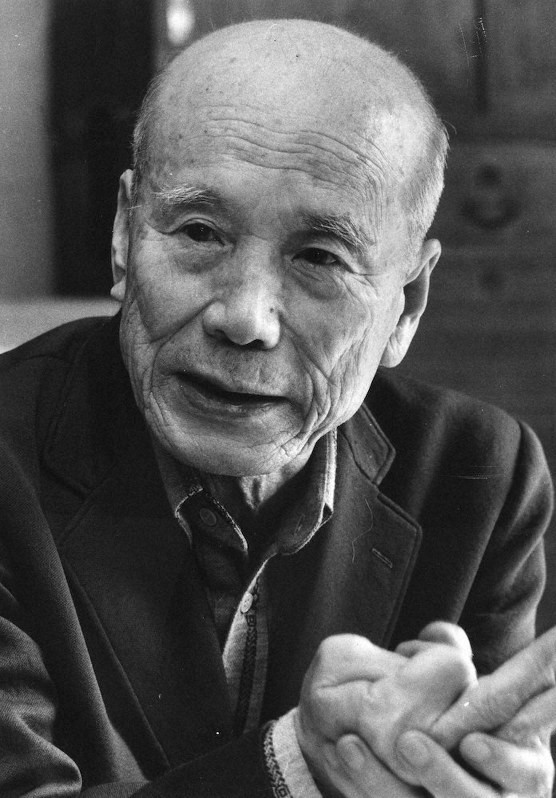
Iwamoto’s Published Works
Invasion in Common Go Positions
Reductions in Common Go Positions
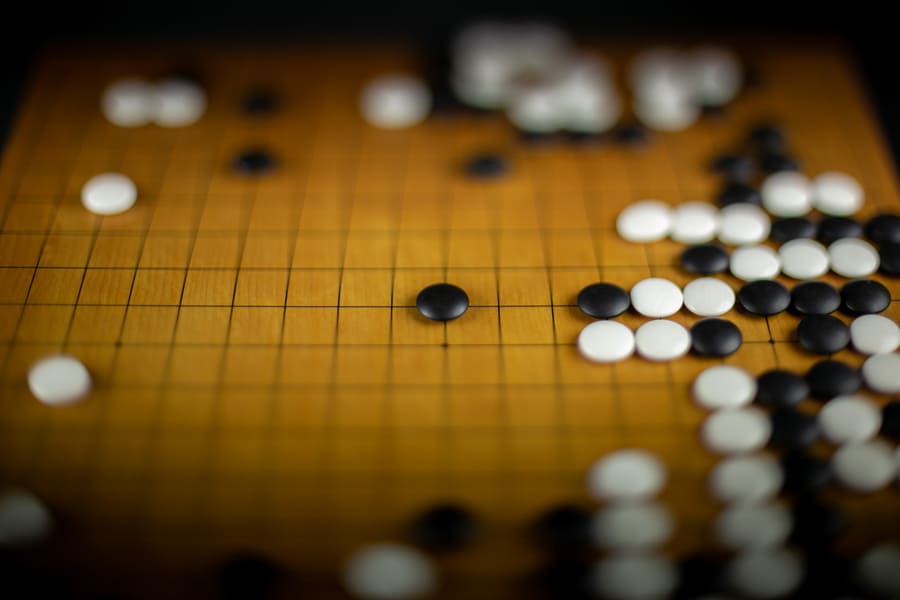

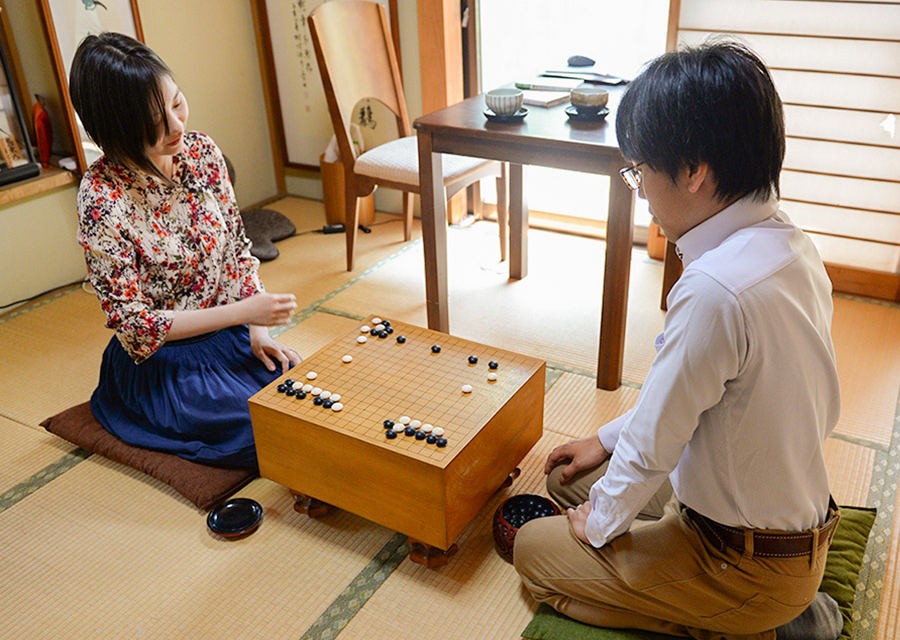
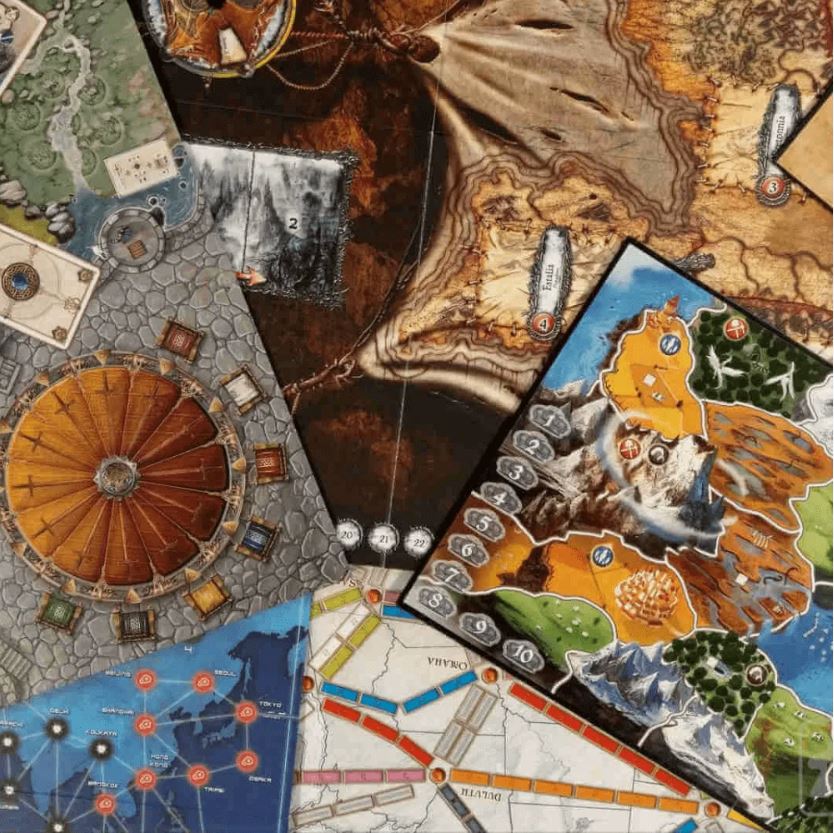
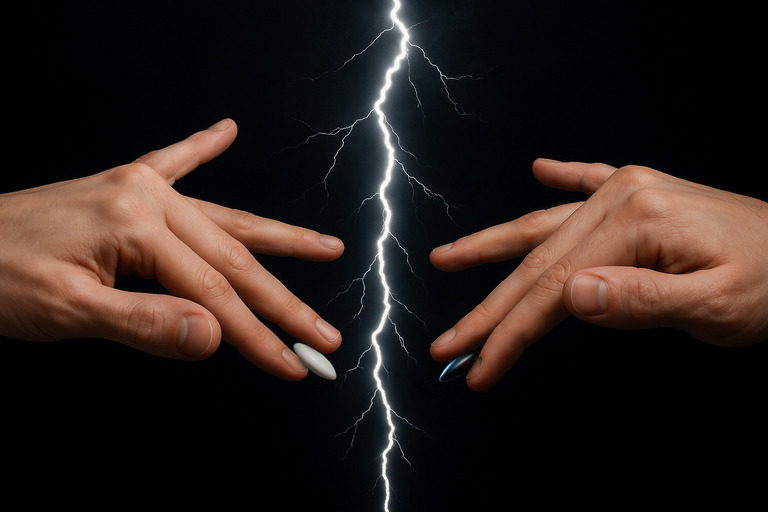
Leave a comment